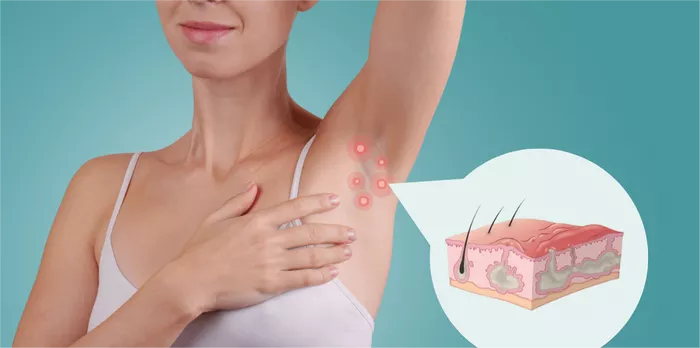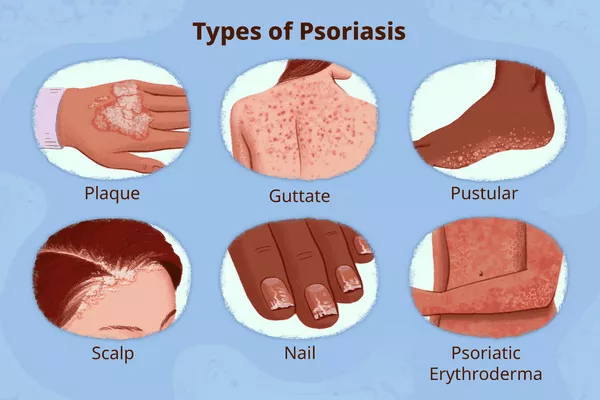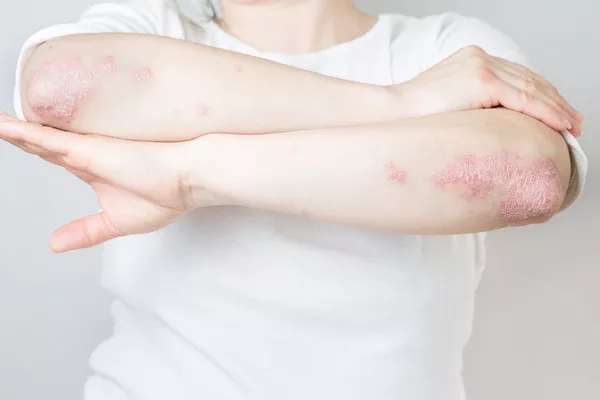Hidradenitis Suppurativa (HS) is a chronic, inflammatory skin condition characterized by painful, recurrent nodules and abscesses, primarily affecting the apocrine gland-bearing areas of the body such as the axillae, groin, and buttocks. The management of HS poses a significant challenge due to its chronic nature, potential for recurrence, and the lack of a definitive cure. However, several treatment modalities have shown efficacy in managing symptoms and improving patients’ quality of life.
Understanding Hidradenitis Suppurativa:
Before delving into treatment options, it is crucial to grasp the pathophysiology of HS. Although the exact cause remains elusive, it is believed to involve a complex interplay of genetic predisposition, hormonal factors, and immune dysfunction. Dysfunction of the hair follicle and subsequent inflammation within the apocrine gland-bearing areas lead to the formation of painful nodules, abscesses, sinus tracts, and scarring.
Treatment Approaches:
The management of HS typically involves a multimodal approach tailored to the severity and extent of the disease. Here are some of the key treatment modalities commonly employed:
1. Topical Therapies:
For mild cases or as adjunctive therapy for more severe disease, topical treatments may be prescribed. These include topical antibiotics such as clindamycin or erythromycin to reduce bacterial colonization and inflammation. Additionally, topical retinoids like adapalene may help prevent the plugging of hair follicles.
2. Systemic Antibiotics:
Systemic antibiotics are a mainstay in the management of HS, particularly in the early stages and for mild to moderate disease. Tetracyclines, such as doxycycline and minocycline, are often preferred due to their anti-inflammatory properties and ability to suppress bacterial overgrowth. However, long-term use should be judiciously monitored to minimize the risk of antibiotic resistance.
3. Immunomodulatory Agents:
In cases refractory to conventional therapies, immunomodulatory agents may be considered. Tumor necrosis factor-alpha (TNF-α) inhibitors, such as adalimumab, have shown significant efficacy in reducing inflammation and disease activity in moderate to severe HS. Other biologics, including ustekinumab and secukinumab, targeting interleukin pathways, have also demonstrated promise in clinical trials.
4. Intralesional Therapy:
For localized lesions or as adjunctive therapy, intralesional corticosteroid injections may be administered. Triamcinolone acetonide injected directly into the affected lesions can help alleviate pain and inflammation, promoting resolution.
5. Surgical Interventions:
In cases of extensive involvement or severe scarring, surgical intervention may be necessary. Surgical options range from incision and drainage of abscesses to wide excision of affected tissue and reconstruction. However, surgery is often reserved for refractory cases due to the risk of complications and potential for disease recurrence.
6. Lifestyle Modifications:
Alongside medical therapies, certain lifestyle modifications can help manage HS and reduce disease exacerbations. These include maintaining good personal hygiene, avoiding tight-fitting clothing that may irritate affected areas, and weight management, as obesity is a known risk factor for HS.
7. Emerging Therapies:
As our understanding of HS continues to evolve, novel therapeutic approaches are being explored. These include laser therapy, photodynamic therapy, and targeted therapies aimed at modulating specific pathways implicated in the pathogenesis of HS. While further research is needed to establish their efficacy and safety, these emerging treatments hold promise for the future management of HS.
Conclusion
Hidradenitis Suppurativa is a challenging condition to manage, requiring a multidisciplinary approach involving dermatologists, surgeons, and other healthcare professionals. While a cure remains elusive, effective management strategies exist to alleviate symptoms, reduce disease activity, and improve patients’ quality of life. By combining topical and systemic therapies, surgical interventions, and lifestyle modifications, clinicians can tailor treatment plans to meet the individual needs of patients with HS. Moreover, ongoing research into emerging therapies offers hope for more targeted and efficacious treatments in the future, bringing us closer to better outcomes for those living with this debilitating condition.


























